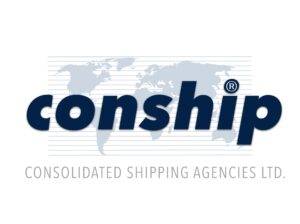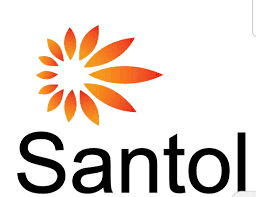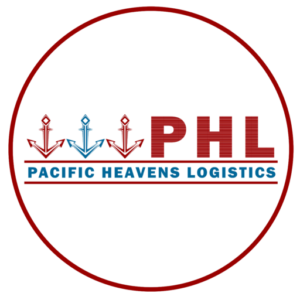
Difference Between Goals, Aims, Targets, Purpose, Objectives & KPIs
There are a few concepts that all business executives need to understand clearly to facilitate their understanding of success and drive their businesses there most efficiently. These similar concepts are goals, aims, targets, purpose, objectives and KPIs, and I will take my time to clearly explain each of these to create a sharp understanding in your mind of what they are and how to use them in your business.
There is widespread acceptance that the success of a business is measured by the achievement of a feat initially purposed in mind by the owner of a business. A business does not just arrive at a point of success but is taken there through a series of actions driven by an understanding of where the business is seeking to get to.
A business could not be said to be successful if there wasn’t an initial definition of what success means for such a business. Success means different things to different people; thus, it is key for the management of a business to define what success means to them. One business making a two-million-dollar net profit in an accounting year may not be considered successful, whereas another business that makes a three-thousand-dollar net profit will be considered successful. It all depends on what the business wants to achieve and what it has defined as a success within its context.
Goals
A goal is a statement of what a business or an individual wants to achieve in the future. It is only a broad statement that only describes what is desired but does not specify the details of when it will be achieved, how it will be achieved, what will be used to identify whether it has been achieved or not, or which individual will be responsible for ensuring it is achieved and what resources are required to ensure it is achieved.
Examples of goals which are broad statements are: “Grow the business”, “Increase demand for our products”, “Improve customer satisfaction”, and “Increase employee productivity”. These statements are only desires of a business that do not say too much, and they only express the thoughts and wishes of the management team without saying much else.
Aims
There isn’t much difference between goals and aims. They both refer to what a business has envisioned to achieve in the future. That is, just like a goal, an aim is a declaration of what a business wants to become or achieve in future. The very thin difference between the two is that a goal is described to cover a shorter time frame than an aim ascribed to longer aspirations. However, the two are used interchangeably without distorting the meaning intended.
Purpose
A purpose is a result a business wants to achieve from its work, which is why something is done. For instance, even though making profits is a primary reason a business is established, others could include the following examples. A hospital’s purpose will be to provide quality healthcare to save lives, a farmer’s purpose may be to produce enough food to increase food supply, and the purpose of setting up a sugar factory in Ghana is to end Ghana’s import of sugar.
Once a business can clearly define its purpose of existence, it becomes easier to monitor if, indeed, the growth of the business is serving the purpose for which it was established. If the purpose is unmet and profit becomes a bigger reason, management can plan to get the business back on track.
Targets
Targets are subsets of goals that help drive a business towards achieving established goals. They are things that you accomplish to progress towards achieving your goal. For instance, a business that sets its goal as “to increase demand for our products” will only achieve this goal after you achieve certain targets that you must define for the business. Some of these targets are to “open more branches”, “to reduce our prices”, “to deliver orders faster”, and “to eliminate customer complaints”. Once these targets are achieved one after the other, the business will progress towards achieving its goal.
A goal cannot be achieved if targets that will guide the business on the things to achieve along the way are not defined. Without setting targets, a goal remains a dream.
Objectives
Objectives are closely related to targets and are enhancements of targets that are more specific. Whereas targets are statements that indicate the things a business will do to achieve its goal or aim, objectives provide more details that targets do not. For instance, to increase demand for its products, a business can set a target such as opening more branches. However, an objective related to this target, which will give more details, is to open two branches in all sixteen regions in Ghana before December 2023.
An objective written in this manner provides more clarity on the target. This objective will clarify what is to be achieved to make the goal or aim a reality because it is Specific, Measurable, Attainable, Realistic and timebound. Every goal must be related to a target linked to an initial goal or aim earlier defined. At the end of the period defined in the objective, the management team must evaluate the results achieved against what was expected and take remedial actions where necessary.
Key Performance Indicators
Otherwise known as KPIs generally, these are markers that specify if an objective is on course to being achieved or not. KPIs are numbers that a business looks at the end of specific periods to measure the business’s progress towards achieving a specific objective. They are subsets of objectives and should not be set independently of objectives.
For instance, from the objective above, a business can set KPIs such as opening two branches each month so that towards the objective of opening two branches per region before December 2023, the management team can assess the progress towards achieving that objective by expecting two new branches every month.
Author
Emmanuel Portuphy
Executive Director, Astute Business Consulting
































